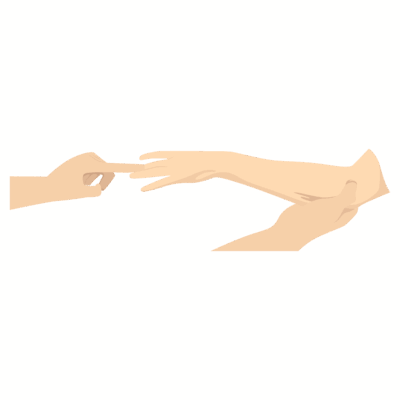Maudsley’s Test
Maudsley’s Test is an orthopedic examination used to diagnose lateral epicondylitis (tennis elbow) by selectively stressing the extensor digitorum muscle, which originates from the lateral epicondyle of the humerus. It is especially useful when symptoms are triggered by finger extension or repetitive gripping tasks.
How the Test is Performed
-
Client position: Seated or standing, with the elbow extended and forearm pronated (palm down).
-
The examiner supports the wrist and forearm and places one finger against the dorsal aspect (back) of the client’s middle finger (third digit), just distal to the proximal interphalangeal joint.
-
The client is instructed to actively extend the third finger against examiner resistance, while the examiner simultaneously palpates the lateral epicondyle.
-
A positive test is indicated by pain or tenderness at the lateral epicondyle during resisted third-finger extension.
-
Both sides may be tested and compared for accuracy.
Clinical Significance
-
A positive sign suggests involvement of the extensor digitorum and supports a diagnosis of lateral epicondylitis (tennis elbow).
-
The test has high sensitivity (~83%) for detecting tennis elbow, though specificity is lower than with Mill’s Test.
-
Should be used alongside Cozen’s and Mill’s tests as part of a comprehensive elbow assessment for accurate diagnosis.
Assessment
-
Use Maudsley’s Test for clients with lateral elbow pain, especially triggered by finger extension, typing, gripping, or manual labor.
-
Document the quality, intensity, and location of pain with resisted finger extension to track progress and guide therapy.
Treatment
-
If positive: Avoid focal deep friction, aggressive work, or direct pressure over the lateral epicondyle, which may worsen tendon irritation.
-
Focus on gentle soft tissue release for the forearm extensors and myofascial techniques, as well as upstream kinetic chain support (shoulder, upper back).
-
Educate clients on limiting repetitive grip and finger extension activities until pain subsides, and provide ergonomic and postural tips for daily activities.
Safety and Referral
-
Refer for further medical or physiotherapy assessment if the pain is severe, persistent, or associated with weakness, swelling, or acute trauma.
-
Avoid provocative manual therapy if acute inflammation, severe tenderness, or unusual nerve pain is present.

